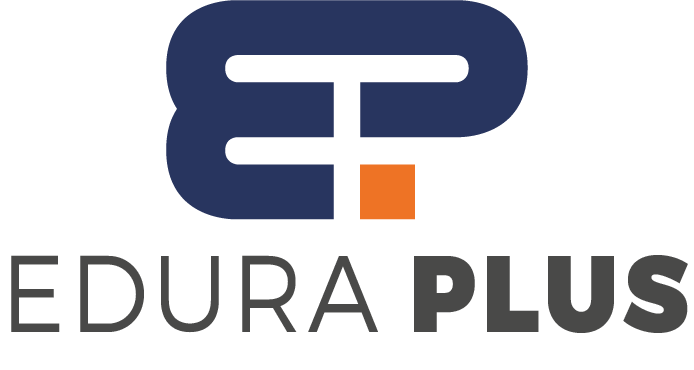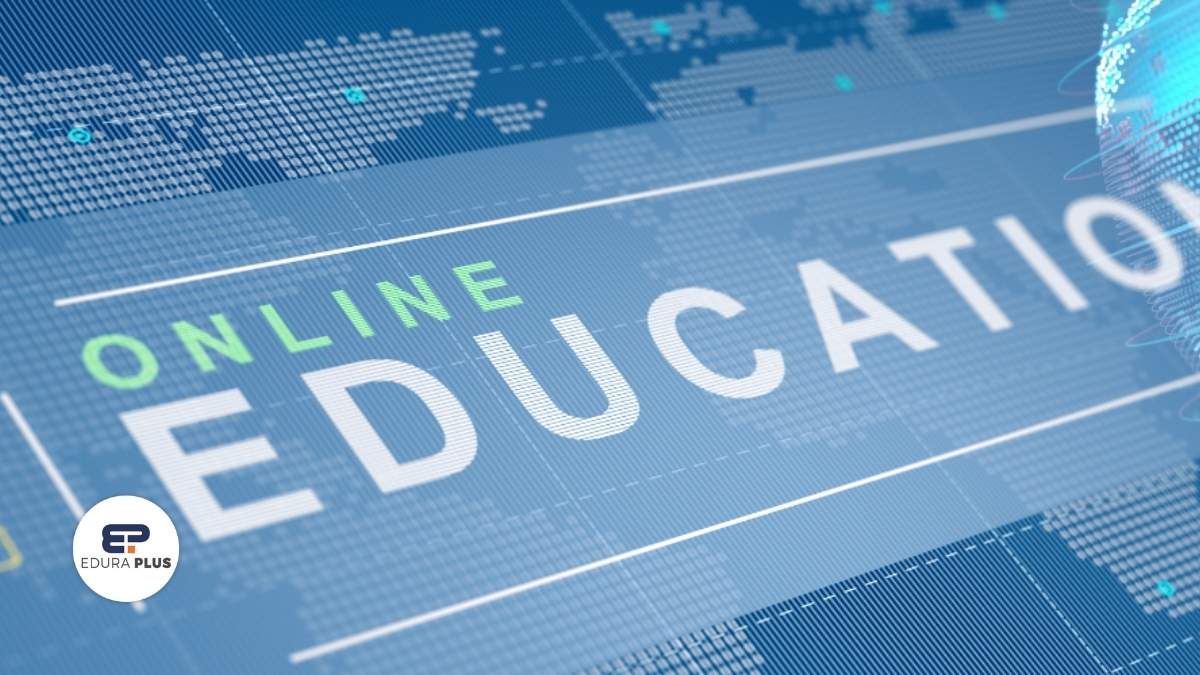“With an eye toward its advantages of accessibility, individualized learning, and creative teaching strategies this paper investigates how technology is changing education. It talks about future developments like artificial intelligence and hybrid learning while stressing issues including the digital divide and teacher preparation. The paper underlines how modern educational experiences are shaped by technology.”
Technology has changed several sectors in recent years; education is no exception. Learning, instruction, and institutional operations are all being changed by educational technology. From interactive tools to AI-powered learning systems, technology’s integration has created fresh avenues for invention.
This blog investigates technology’s effects on teaching and learning strategies, advantages, drawbacks, and future directions in education.
How Has Technology Changed Education?
1. Improved Access to Learning
Accessibility is among the most important shifts. For those who once encountered obstacles, technology has brought knowledge to them. Online classes, video conferences, and e-learning systems let one learn anywhere. With simply an internet connection, students in rural locations or with disabilities can now get high-quality instruction.
Common interactive tools that give teachers capabilities to share content, interact with students, and track development are learning management systems (LMS), which have grown somewhat ubiquitous. These instruments show how cooperation between technology and education helps to close gaps.
2. Individualized Learning Experiences
Traditional classrooms sometimes find it difficult to satisfy every student’s unique requirements. Through adaptive learning systems, technology addresses this. Platforms driven by artificial intelligence evaluate a student’s aptitudes and shortcomings and offer customized materials. For instance, algorithms suggest niche oriented sites to a student’s speed and learning style.
Higher education, where students can customize their courses to fit certain professional objectives, has seen especially success from this individualized approach. Find more about how higher education may benefit from technology.
3. Novel Teaching Strategies
Technology in the classroom gives teachers artistic tools to improve classroom involvement. Gamified learning, virtual reality (VR), and smartboards all help to make classes interesting and participatory. Tools like Quizlet or Kahoot inspire involvement and creatively support ideas.
VR lets students, for example, virtually tour historical sites or investigate the human body in three dimensions. These kinds of encounters were unheard of in conventional classrooms, which shows how technology is transforming the scene of learning.
Advantages of Learning Technology
1. Cooperation and Translation
Technology encourages teachers’ and students’ teamwork. Tools include Google Workspace, Zoom, and Slack to streamline group work, meetings, and feedback. Students can work across several sites, acting out real-world workplaces.
2. Instant Reaction
Students no longer have to wait weeks for test results thanks to digital tools and automated grading systems. Early identification of problem areas and quick improvement encouraged by instant comments aid teachers save time too; they concentrate more on instruction than on evaluation.
3. Reasonably Affordable Education
Reduced learning material expenses have come via e-books, digital libraries, and open educational resources (OER). While teachers may now access free teaching tools online, students no longer have to spend extensively in textbooks. For many families, this has made good education more reasonably priced.
Problems Faced for Education and Technology Integration
Adopting technology in the educational field presents difficulties notwithstanding its advantages.
1. Digital Divisibility
Not every student has access to devices or consistent internet, which results in differences in learning possibilities. Governments and schools have to close this disparity so that everyone gains from technology.
2. Teacher Development
Teachers must be well qualified if technology is to be useful. Some teachers find it difficult to adjust to new tools, which would affect their application. Ongoing professional development is absolutely vital.
3. Issues Related to Cybersecurity
Schools and children run security dangers as more data is exchanged online. Cybersecurity policies must be given top priority in institutions to guard private data.
The Future of Education and Technology
Technology develops together with its possibilities for education. Blockchain, augmented reality, and artificial intelligence will help to define education. While blockchain could provide safe credential verification, hence boosting confidence and openness in academic qualifications, artificial intelligence instructors could one day offer quick help.
Furthermore, the combination of virtual and real classrooms is producing hybrid learning environments that meet different purposes. These settings give teachers and students freedom, therefore enabling education to be more fit for particular lifestyles. As augmented reality develops, students could investigate virtual scientific experiments or immersive historical simulations, therefore enhancing their educational process. These trends show that Technology in the Educational will keep being essential in changing education worldwide.
Final Thought
Technology has surely transformed the nature of education by increasing its accessibility, entertaining value, and efficiency. Although the digital divide is still a problem, overall the advantages exceed the disadvantages. Technology in the Educational can open a future whereby learning is tailored, inclusive, and powerful by supporting innovation and guaranteeing fair access.
It’s important to question as we negotiate this tech-driven change: How can technology be used in higher education? Responding to this question might open the path for even more remarkable developments.
Disclaimer
The information provided on this blog is grounded on the most recent technological advancements in the field of education. It should not be regarded as professional advice; its sole intended use is informative one. When deciding on instructional tools and approaches, always seek trustworthy sources and professionals.









